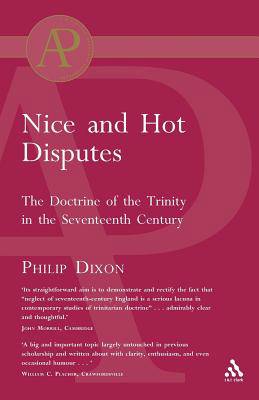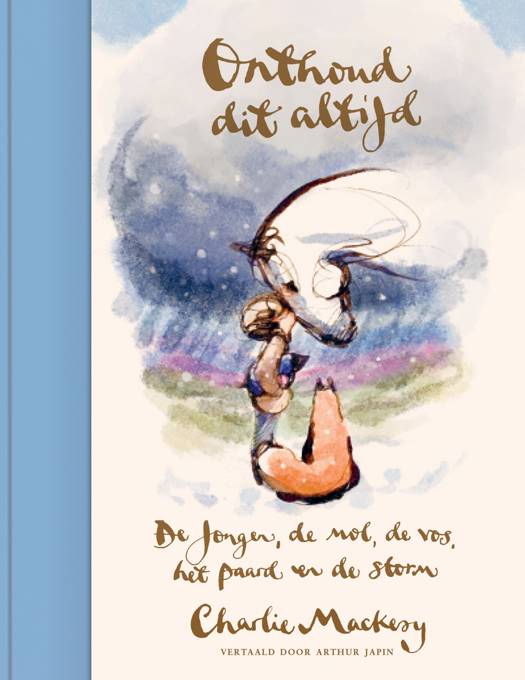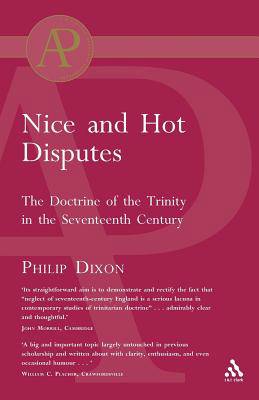
Bedankt voor het vertrouwen het afgelopen jaar! Om jou te bedanken bieden we GRATIS verzending (in België) aan op alles gedurende de hele maand januari.
- Afhalen na 1 uur in een winkel met voorraad
- In januari gratis thuislevering in België
- Ruim aanbod met 7 miljoen producten
Bedankt voor het vertrouwen het afgelopen jaar! Om jou te bedanken bieden we GRATIS verzending (in België) aan op alles gedurende de hele maand januari.
- Afhalen na 1 uur in een winkel met voorraad
- In januari gratis thuislevering in België
- Ruim aanbod met 7 miljoen producten
Zoeken
Omschrijving
At the beginning of the seventeenth century the doctrine of the Trinity was still a central theme in Christian Theology. By the end of the century it was fast becoming peripheral. As theologians today increasingly recognize the Trinity to be at the very heart of the Christian theology, the question of 'what went wrong' three hundred years ago is a matte of growing interest.
Whereas most studies of the history of tinritarian doctrine neglect the seventeenth century almost entirely, Philip Dixon argues that this is a key period in the history and development of the doctrine and, indeed, essential for contemporary understanding.
Drawing on a wide range of primary sources, Dixon examines the Socinian and anti-Socinian writings of the 1640s and 1650s, including Biddle and Cheynell, and their legacy for the disputes of the 1690s; the trinitarian theology of Hobbes and the violent reaction of his critics; the debates from the Restoration to the 1690s, including Milton, Nye, and Bury; the writings of Locke and Stillingfleet; and the continuation and development of these disputes into the early eighteenth century. A final chapter offers some significant conclusions for students of systematic and historical theology alike.
In the breadth of its scope and in the importance of the material uncovered, this book makes an unique contribution to the understanding of trinitarian theology and practice.
Whereas most studies of the history of tinritarian doctrine neglect the seventeenth century almost entirely, Philip Dixon argues that this is a key period in the history and development of the doctrine and, indeed, essential for contemporary understanding.
Drawing on a wide range of primary sources, Dixon examines the Socinian and anti-Socinian writings of the 1640s and 1650s, including Biddle and Cheynell, and their legacy for the disputes of the 1690s; the trinitarian theology of Hobbes and the violent reaction of his critics; the debates from the Restoration to the 1690s, including Milton, Nye, and Bury; the writings of Locke and Stillingfleet; and the continuation and development of these disputes into the early eighteenth century. A final chapter offers some significant conclusions for students of systematic and historical theology alike.
In the breadth of its scope and in the importance of the material uncovered, this book makes an unique contribution to the understanding of trinitarian theology and practice.
Specificaties
Betrokkenen
- Auteur(s):
- Uitgeverij:
Inhoud
- Aantal bladzijden:
- 252
- Taal:
- Engels
- Reeks:
Eigenschappen
- Productcode (EAN):
- 9780567042217
- Verschijningsdatum:
- 9/02/2006
- Uitvoering:
- Paperback
- Formaat:
- Trade paperback (VS)
- Afmetingen:
- 278 mm x 74 mm
- Gewicht:
- 312 g

Alleen bij Standaard Boekhandel
+ 407 punten op je klantenkaart van Standaard Boekhandel
Beoordelingen
We publiceren alleen reviews die voldoen aan de voorwaarden voor reviews. Bekijk onze voorwaarden voor reviews.









